
One of the most astonishing discoveries in ancient Egyptian archaeology has recently emerged from the depths of the sea. The stele of Thonis-Heracleion, created by Pharaoh Nectanebo I (378-362 BC), has been raised from the waters where it rested for over a thousand years, marking a momentous find in the submerged ruins of the port city of Thonis-Heracleion.

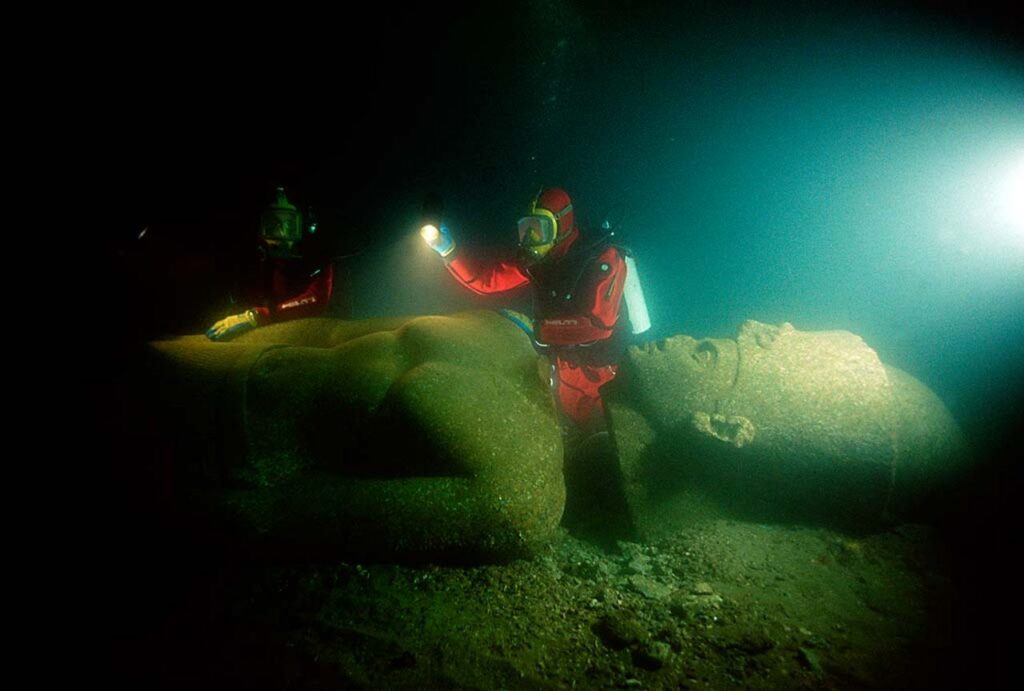
Located near the Canopic mouth of the River Nile, approximately 32 kilometers northeast of Alexandria, Egypt, the submerged city of Thonis-Heracleion has captivated researchers and historians for decades. The stele of Thonis-Heracleion, discovered by the European Institute for Underwater Archaeology, adds a remarkable chapter to the ongoing exploration of this ancient metropolis.
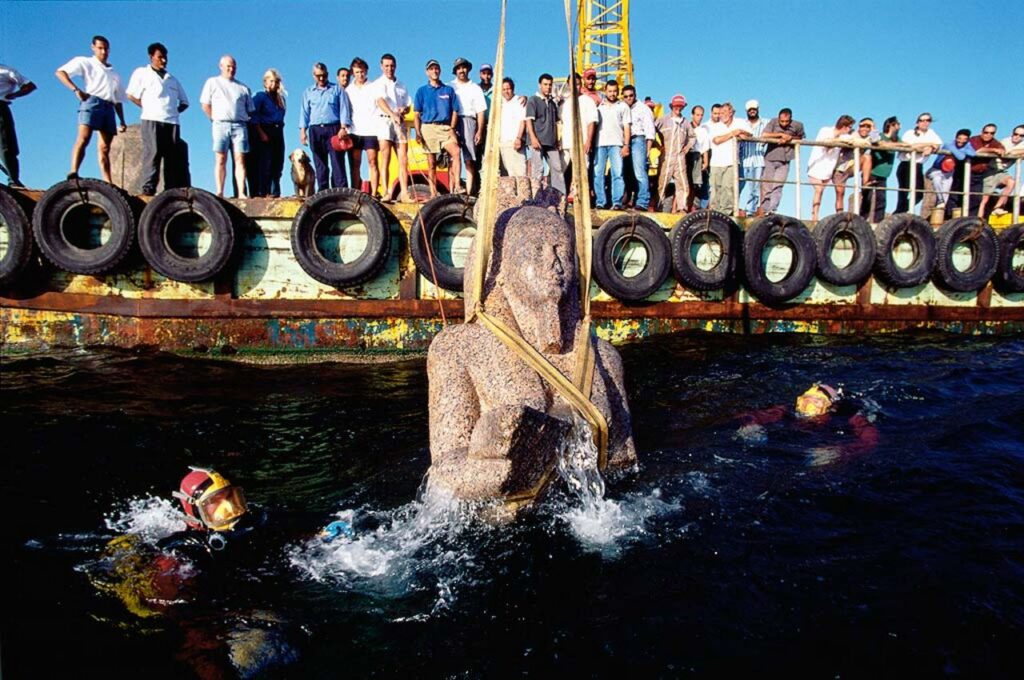
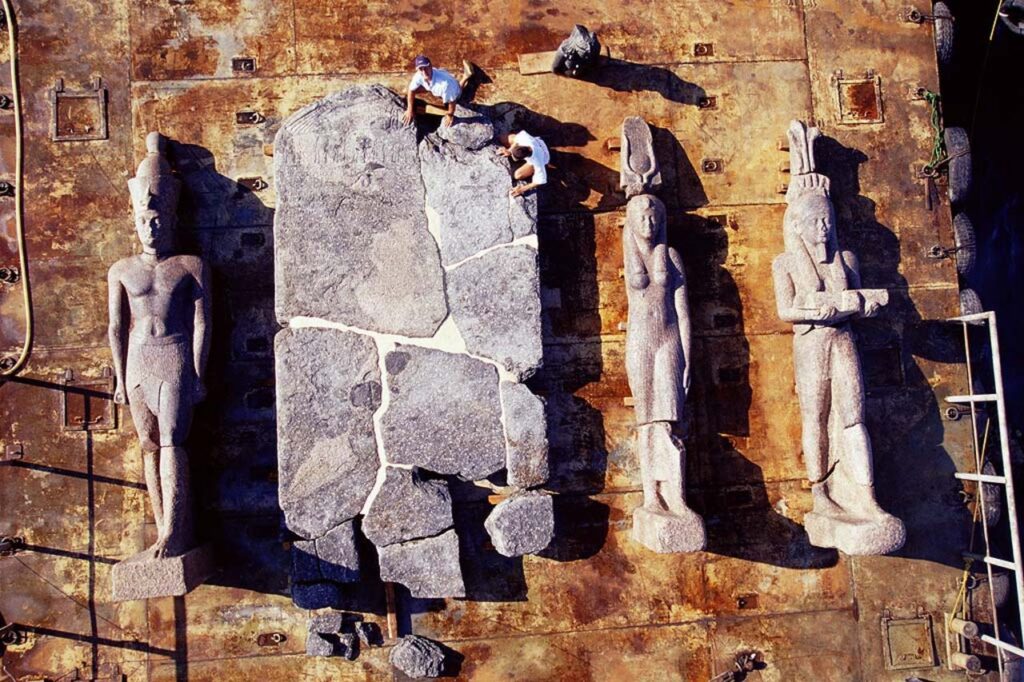
The stele itself is a black granodiorite stone, standing nearly two meters tall. Interestingly, it bears a striking resemblance to the stele of Naukratis, which was also commissioned by Pharaoh Nectanebo I. Inscriptions on the stele provide valuable insights into trade and taxation agreements, as well as details regarding the city’s royal beneficiaries. Most notably, it confirms that Thonis and Heracleion were two different names for the same city, with Thonis being the Egyptian name and Heracleion being the Greek name. To avoid confusion, the name Thonis-Heracleion is now commonly used to refer to this ancient port city.

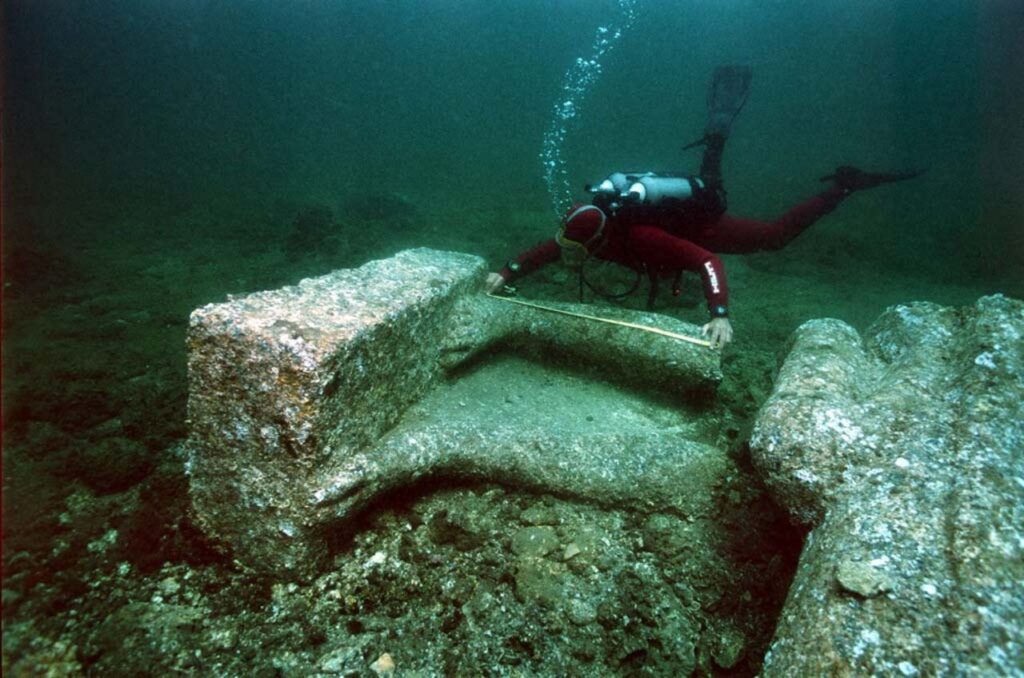
Thonis-Heracleion likely came into existence during the 8th century BC and rapidly flourished as a bustling port city with a complex network of canals. Before the founding of Alexandria in 331 BC, Thonis-Heracleion served as a significant gateway into Egypt for vessels arriving from various parts of the Mediterranean. However, a series of natural disasters, including earthquakes, tsunamis, and flooding, gradually led to the demise of this once-thriving city. Eventually, in the 8th century AD, Thonis-Heracleion was entirely submerged and remained lost to humanity for over a millennium.
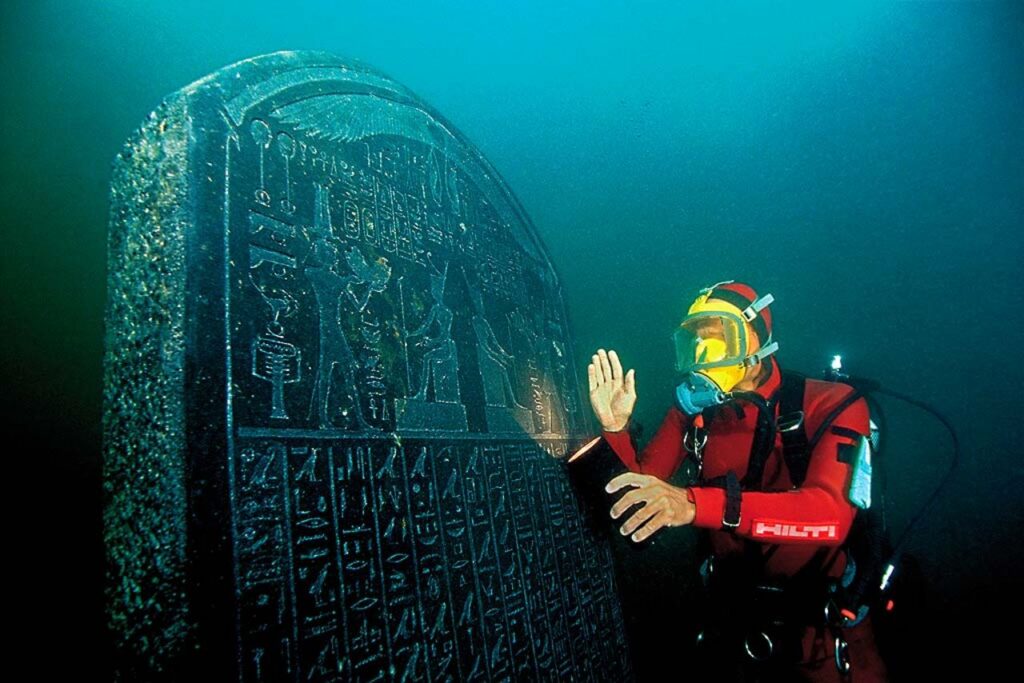
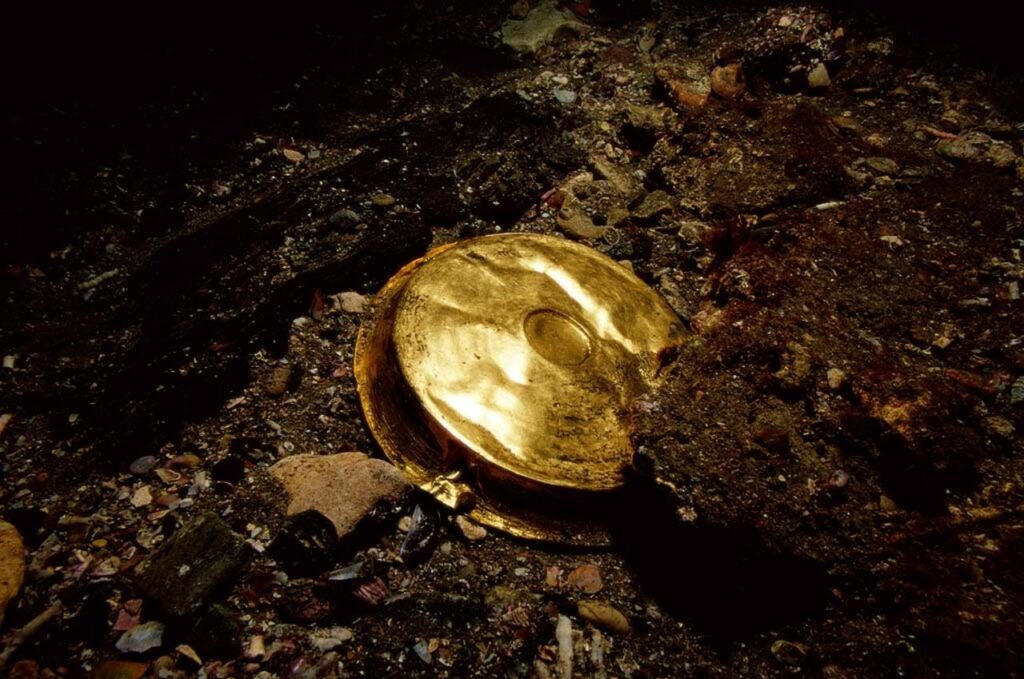
The recovery of the stele of Thonis-Heracleion provides an invaluable glimpse into the history and significance of this ancient port city. It offers crucial information about trade routes, taxation, and the political landscape of the time. This discovery contributes to our understanding of the intricate connections between Egypt and other civilizations of the Mediterranean.

The stele’s retrieval from the depths of the sea stands as a testament to the tireless efforts of underwater archaeologists and researchers. Through their dedication and expertise, they have unearthed a treasure trove of knowledge, shedding light on a forgotten chapter of Egypt’s rich past.
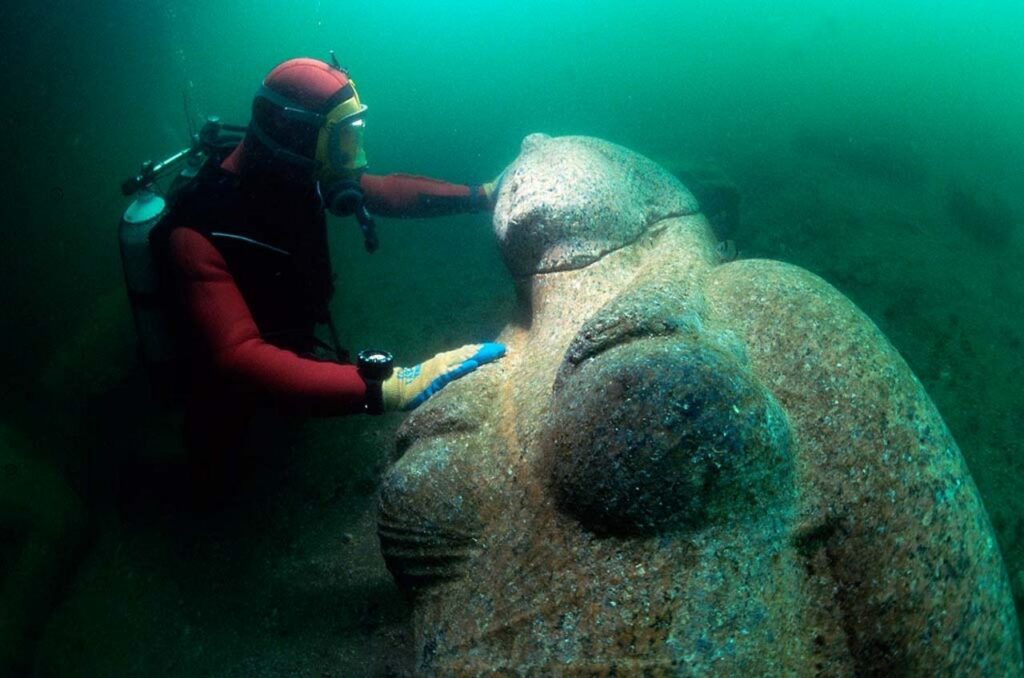

As the stele of Thonis-Heracleion emerges into the world once again, it serves as a poignant reminder of the enduring power of archaeological exploration. It ignites our curiosity, inspires further investigation, and reminds us that there are countless mysteries waiting to be discovered beneath the waves. The photographs capturing this remarkable moment, credited to Franck Goddio, Hilti Foundation, and Christoph Gerigk, provide a visual testament to the significance of this monumental find.

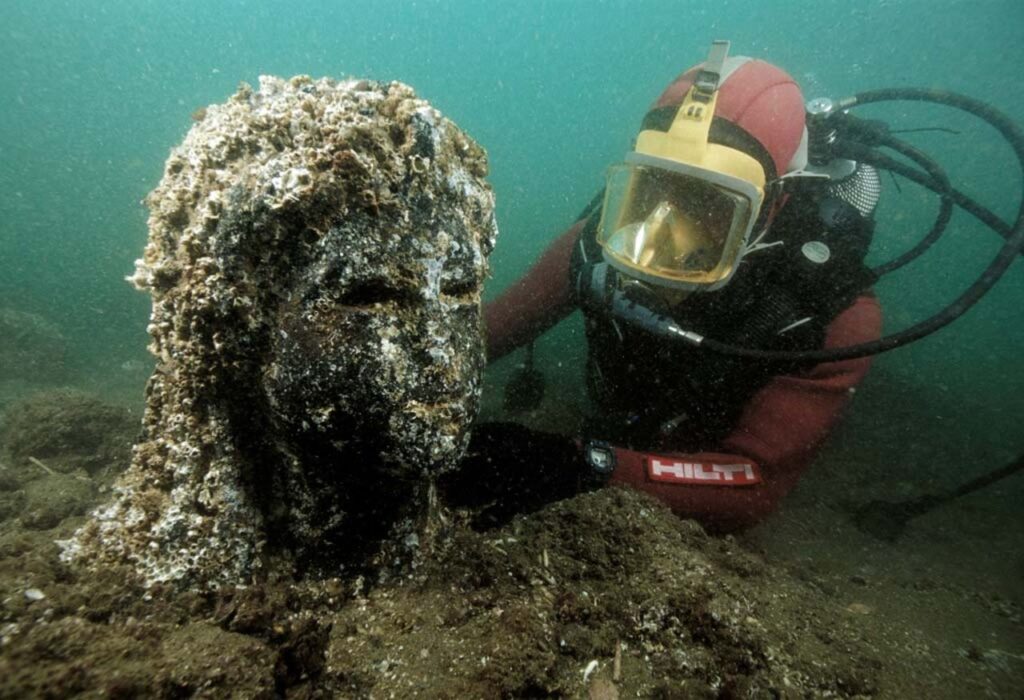
The stele of Thonis-Heracleion stands as a remarkable artifact, resurrected from the depths of the sea, reviving the stories of an ancient civilization and reminding us of the profound and lasting impact of our ancestors. It serves as a bridge between our modern world and the mysteries that lie beneath, inviting us to delve deeper into the annals of history and uncover the secrets that still await discovery.

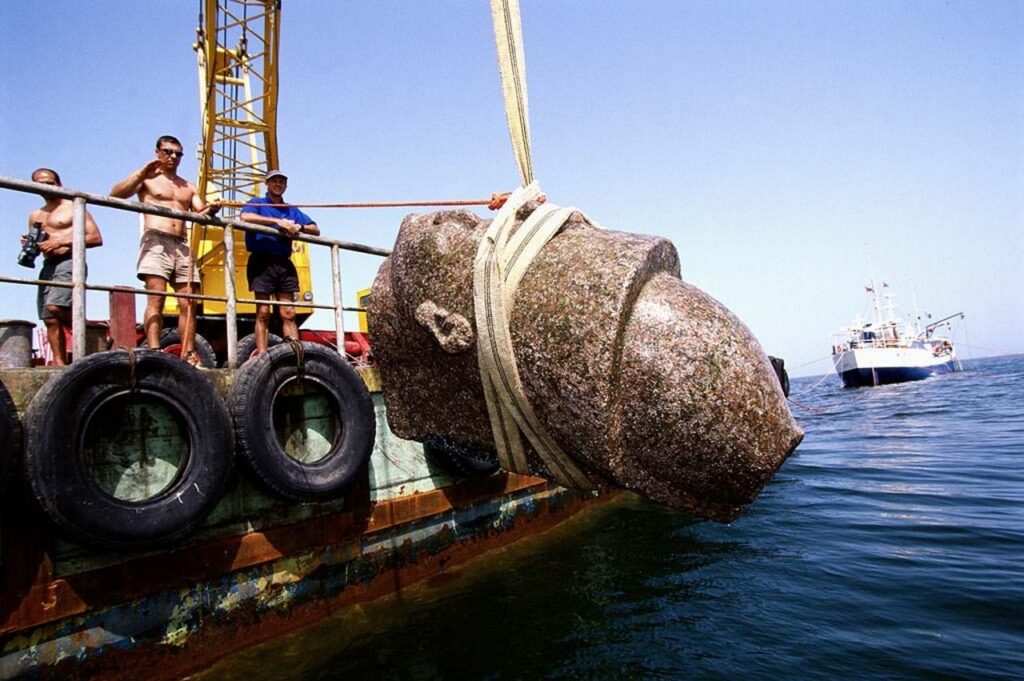

Most probably iorn from Sri Lanka.. Recently archeologist found 9,000 years old, world first iorn making site using wind power..